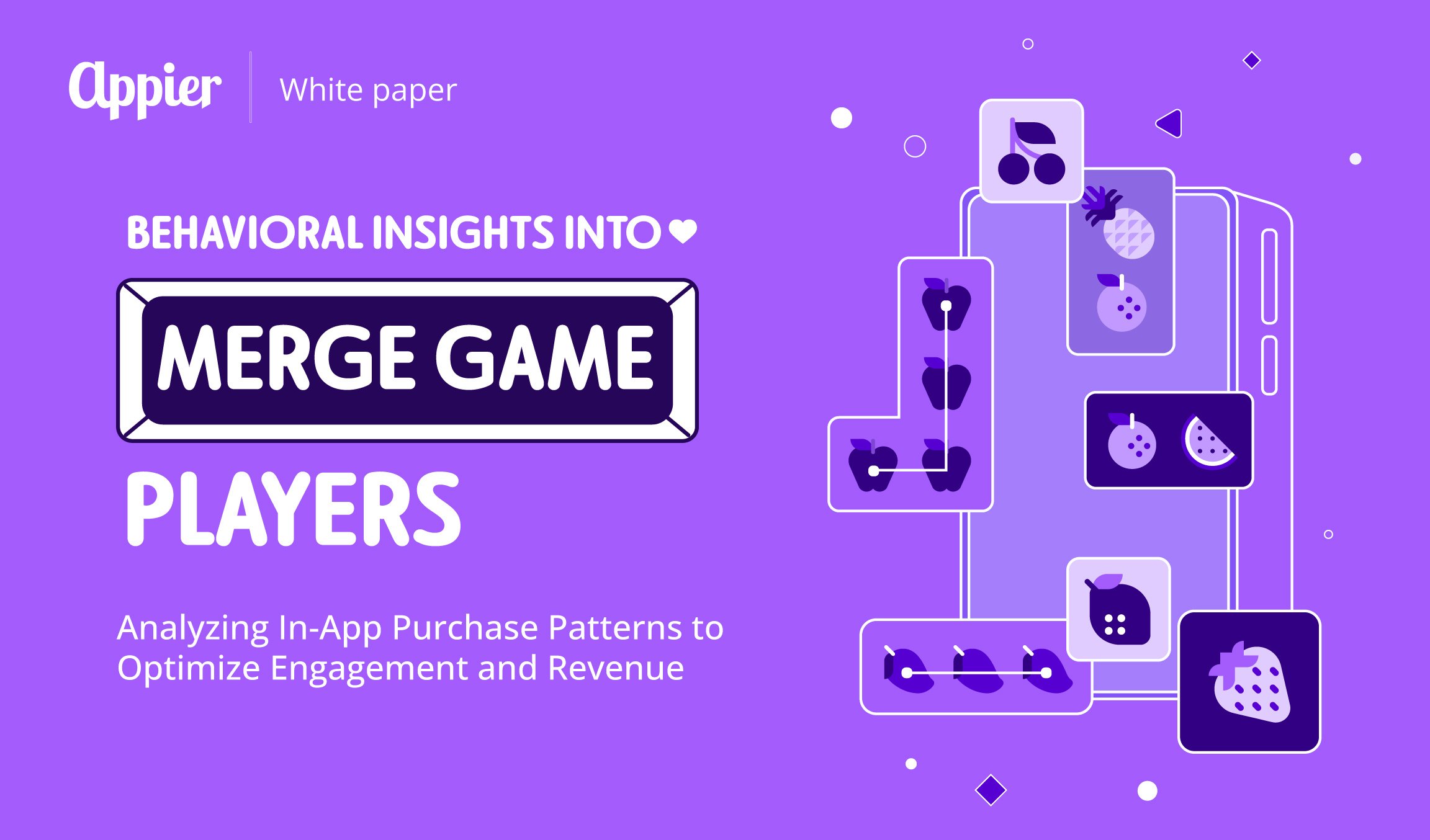5 min read
By employing AI, you will be able to segment your audience into more granular tiers, and to see which are more valuable to your end goals. Considering that more than half of customers say they will walk away from brands that send messages they find irrelevant, it’s vital that you understand your customers’ current and future intentions as well as possible.
Individuals vs Categories: Looking Beyond the ‘Types’
Artificial intelligence can find hidden user patterns that have a positive or negative impact towards achieving the goal that marketers want to achieve. Hence it can help marketers reach a predetermined end goal, be it finding the more-likely-to-purchase audience segment to drive sales volume, or giving an existing audience a personalized product or content catering to their interest.
This is very useful for marketers. If a website has an audience of one million people, a marketer might want to target a certain segment of that audience, one which is more valuable to them (maybe they are more likely to buy their product, or read more of their articles).
The traditional way of doing this is by considering three dimensions: their demography (age, gender, social aspects); their behavior (how recently they visited the website, for example); and their interests. Using these, you can target people who put one item in their online shopping cart within the last seven days, for example. It can be quite accurate, but a lot of it is guesswork, which can also be biased or wrong. It would also only allow marketers to reach limited users with purchasing intent, whereas AI has the added value of finding all possible valuable-to-marketer-defined goal users.
AI also eliminates the guesswork. It considers many more factors to produce countless combinations. Let’s take a simple example. If we consider degree of interest (say 200), internet browser behavior such as how active each individual is in a period of defined time duration (1 million), site action (6), site frequency (100), site action duration (180), and multiply them all together, you would have an enormous number. Add in more age groups, users accessing the website on certain devices and another couple of factors, and you can see how quickly the possibilities escalate.
“AI gives you literally countless combinations,” says Magic Tu, VP of product management at Appier. “Usually people are phased by this level of complexity, and have limited time in which to interpret it, so they simplify the parameters. However, that loses the richness of the data.”
Following the Behavior Patterns
Not only does AI give you this incredibly granular view of your audience, it also tells you which factors will have the most influence over whether they convert into paying customers or not, and will spot those behavior patterns. It learns from the historical data and continuously adjusts the predictive result by incorporating whichever new data becomes available. All you have to do is to create the model and tell it your end goal. With AI doing all the heavy lifting, marketers are freed up to explore the potential opportunities hidden in the data.
By predicting what users are likely to do next, marketers can adjust their campaigns accordingly. For example, if a company used AI to find the customers most likely to buy a new product, they could segment these users and target them with personalized offers and/or messaging to help convert their intention into a sale.
Chicken, Cakes and Lookalikes: Getting to Know Your Customers Better
AI tools can also provide greater insight into your customers’ interests, and they can do so with an incredible level of specificity – instead of a subject like ‘food’, which is too broad to be of any use, AI tools will analyze the terms users use, such as ‘tonkotsu recipes’ or ‘chicken restaurants’.
The application of AI can make sense of social media posts too. By using natural language processing (NLP), it picks out the keywords and phrases (such as ‘I love this type of cake’) to gain a representative understanding of the post, and then to see its outcome (for example, whether someone who wrote that post went on to buy that type of cake). The more of these posts you feed it, the more accurately it’s able to analyze patterns of behavior, which it uses as a basis for building a predictive model.
“More structured data – like numbers – are of more use to AI,” says Tu. “By using NLP, we can turn articles, blog posts and social media posts into more structured data, which makes use of a huge repository of internet content.”
Using machine learning, ultimately we could segment audiences not only by their static attributes such as gender, age, interest and so on, but also predictive behavior in the near future which is the key marketers always want to know. Combining both static attributes and predictive behaviors together creates the most efficient audience segments that marketers could ever build to achieve their goals.
Changing the Conversation
Such innovations are changing how marketers reach out to customers. For instance, Appier’s Aixon solution recently integrated with Line, one of the biggest messaging platforms in Asia. By cross-mapping Line user IDs with Appier’s CrossX database of over two billion device profiles, it can segment them into keyword and interest areas. The customer organization then uses Line Business Connect to send personalized messages to the users most likely to respond positively.
If a Line user puts a product in their online shopping basket without completing the purchase, for example, the site owner can send them a personalized message through Line with a special offer to convince them to buy the item.
Thanks to AI tools, beauty brand Lancôme discovered that skincare shoppers and make-up shoppers are two very different segments. This lets it show a set of products, videos or articles for eye creams but not mascaras to the skincare shoppers, to avoid serving them with content they will find irrelevant. It also suggests foundation in shades closer to the user’s skin tone, instead of bombarding them with the full 185 shades, most of which will not be of interest. This has resulted in a conversion rate three times greater than previously.
By segmenting their audience using machine learning, marketers can build a more dynamic picture of who is using their service. By going beyond the static traits and targeting those customers who are more valuable, they can focus their marketing campaigns accordingly and meet their customers’ needs more effectively.



-1.png?width=3000&height=1834&name=SuperLike_%E5%B7%A5%E4%BD%9C%E5%8D%80%E5%9F%9F%201%20(1)-1.png)